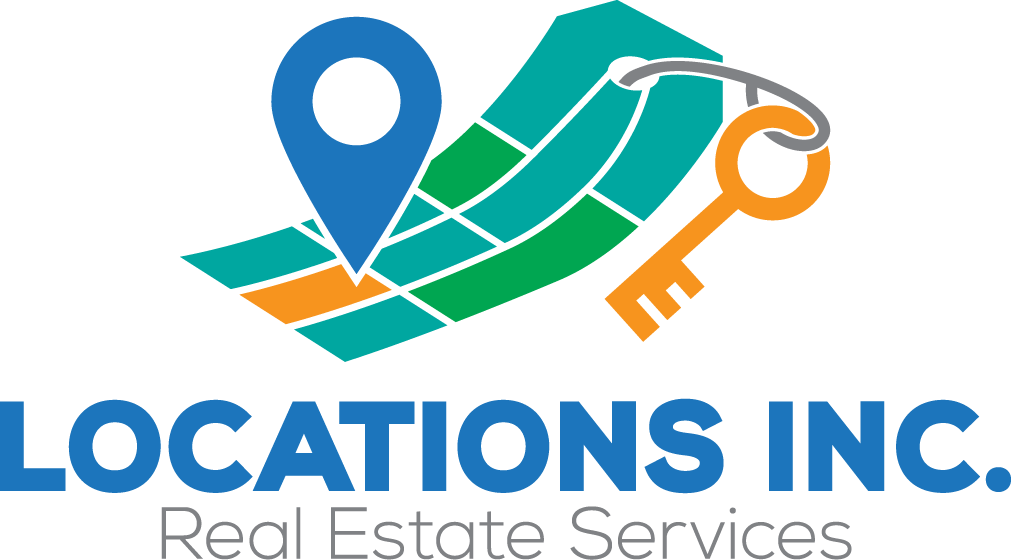FHA Loans vs. Conventional Loans
Buying a home is a big deal and usually the most expensive purchase you'll make. Most folks need a mortgage to afford it. The kind of mortgage you choose affects your interest rates, loan terms, and how much you can borrow. Two popular options are FHA loans and conventional loans.
FHA Loans
FHA loans are backed by the Federal Housing Administration and offered through FHA-approved lenders. They're generally easier to qualify for than conventional loans and require smaller down payments. The catch? You’ll have to pay mortgage insurance premiums (MIPs) for at least 11 years, sometimes for the life of the loan.
Conventional Loans
Conventional loans, on the other hand, aren’t insured by the government. They usually come with stricter qualification requirements and larger down payment needs. However, if you put down at least 20%, you can avoid private mortgage insurance (PMI). If you pay less, PMI can be removed once your loan balance drops to 80% of your home's value.
Key Differences Between FHA and Conventional Loans
Credit Scores
FHA Loans: You can qualify with a credit score as low as 500, though 580 is preferable.
Conventional Loans: Typically require a credit score of 620 or higher.
Down Payments
FHA Loans: Require a 3.5% down payment if your credit score is 580 or higher. With a score between 500 and 579, you’ll need 10%.
Conventional Loans: First-time buyers can put down as little as 3%, but to skip PMI, you’ll need to put down 20%.
Debt-to-Income (DTI) Ratios
Both loan types generally prefer a DTI ratio of 50% or less.
For FHA loans, if your credit score is below 580, your DTI ratio can’t exceed 45%.
Mortgage Insurance
FHA Loans: Require MIP regardless of down payment amount. These include an upfront fee and monthly premiums. If you put down 10% or more, you pay MIP for 11 years; otherwise, it lasts for the duration of the loan.
Conventional Loans: Require PMI if your down payment is less than 20%. You can ask to cancel PMI once your loan balance drops to 80% of your home’s value, and lenders must cancel it at 78%.
Loan Limits
FHA Loans: For 2022, the limit is $420,680 in low-cost areas and $970,800 in high-cost areas.
Conventional Loans: The limit for 2022 is $647,200 in most areas.
Pros and Cons
FHA Loans
Pros: Lower down payment, easier to qualify, lower credit score needed.
Cons: Mandatory mortgage insurance, limited to primary residences, lower loan limits.
Conventional Loans
Pros: No PMI with 20% down, can be used for various property types, higher loan limits.
Cons: Stricter lending requirements, higher credit score needed, higher down payment needed for best terms.
Other Government-Backed Loans
Besides FHA loans, there are VA and USDA loans:
VA Loans: For military members and their families, no down payment, no mortgage insurance.
USDA Loans: For rural homebuyers, no down payment, often more flexible credit requirements.
Bottom Line
Choosing between an FHA loan and a conventional loan comes down to your financial situation. If you have a lower credit score, a higher DTI ratio, or less money saved for a down payment, an FHA loan might be the way to go. If you have good credit, stable finances, and can make a larger down payment, a conventional loan could be a better fit.
For expert real estate services in Illinois, contact the Locations Team!

